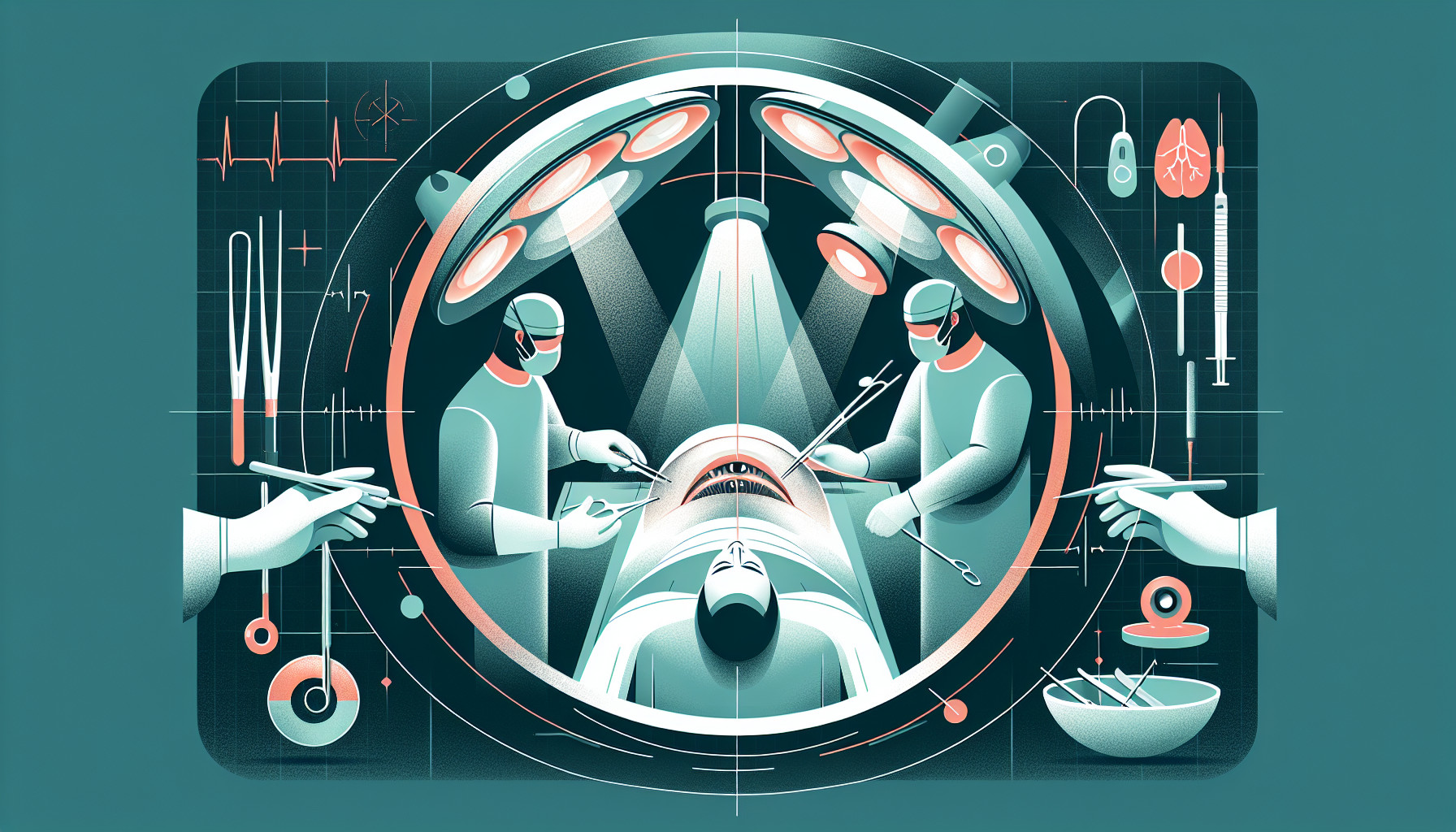Our Summary
This research paper is a review of Femtosecond Laser-Assisted Cataract Surgery (FLACS). Cataract surgery is a procedure to remove the lens of your eye and, in most cases, replace it with an artificial one. FLACS is a more modern, laser-assisted form of this surgery. The authors discuss how this technique has evolved over time, as well as the various forms of laser platforms that are currently available.
The paper examines the results of FLACS in different stages of the procedure - making the initial cut into the cornea (the clear front surface of the eye), relaxing incisions, creating an opening in the lens capsule, and breaking up the lens. It also covers how to plan for the surgery, what to consider before the operation, experiences in the clinic (including how long it takes to learn the technique), and what outcomes to expect after the operation.
The cost-effectiveness of FLACS is also discussed, as are any complications that might occur during the procedure and how to manage challenging cases. The authors suggest that while FLACS has potential benefits, there are still areas that need improvement. They suggest that future advancements in laser technology, changes in the design of artificial lenses, and a reduction in cost are necessary to clearly establish FLACS as superior to the traditional surgery method.
FAQs
- What is Femtosecond laser-assisted cataract surgery (FLACS)?
- What are the potential advantages of FLACS over conventional phacoemulsification?
- What future advancements are needed to establish FLACS as superior to conventional phacoemulsification?
Doctor’s Tip
One helpful tip a doctor might tell a patient about cataract surgery is to follow all preoperative instructions provided by the surgeon, including avoiding eating or drinking anything after midnight before the surgery. This will help ensure a successful procedure and reduce the risk of complications. Additionally, it is important to follow all postoperative care instructions, such as using prescribed eye drops and attending follow-up appointments, to promote optimal healing and vision recovery.
Suitable For
Patients who are typically recommended for cataract surgery include those with significant visual impairment due to cataracts, difficulty with daily activities such as driving or reading, and overall decreased quality of life. Other factors that may indicate the need for cataract surgery include glare sensitivity, trouble with night vision, and difficulty seeing colors. Additionally, patients with comorbid conditions such as diabetes or glaucoma may also be recommended for cataract surgery to improve overall visual function and prevent further complications.
Timeline
- Before cataract surgery:
- Patient schedules consultation with ophthalmologist to discuss symptoms and determine if surgery is necessary
- Preoperative testing and measurements are taken to determine the appropriate intraocular lens
- Patient receives instructions on how to prepare for surgery, including medication and fasting guidelines
- Day of cataract surgery:
- Patient arrives at the surgical center and undergoes preoperative preparations
- Anesthesia is administered to numb the eye
- The surgeon performs the cataract removal procedure using either conventional phacoemulsification or femtosecond laser-assisted cataract surgery
- After cataract surgery:
- Patient is monitored for a short period of time postoperatively to ensure there are no immediate complications
- Patient is given instructions for postoperative care, including eye drops and activity restrictions
- Follow-up appointments are scheduled to monitor healing and visual acuity
- Patient may experience improved vision within a few days to weeks after surgery
Overall, the timeline for cataract surgery involves preoperative evaluations, the surgical procedure itself, and postoperative care to ensure optimal outcomes for the patient.
What to Ask Your Doctor
- What is femtosecond laser-assisted cataract surgery (FLACS) and how does it differ from conventional cataract surgery?
- What are the potential advantages and disadvantages of FLACS compared to traditional cataract surgery?
- What are the outcomes and success rates of FLACS for corneal wound creation, capsulotomy, and lens fragmentation?
- What are the preoperative considerations and planning involved in FLACS?
- What is the learning curve for surgeons performing FLACS and how does this impact outcomes?
- What are the postoperative outcomes and recovery process for FLACS patients?
- Are there any intraoperative complications associated with FLACS and how are these managed?
- In what cases does FLACS offer an advantage over traditional cataract surgery?
- What is the cost effectiveness of FLACS compared to conventional cataract surgery?
- What advancements in technology and intraocular lens design are needed to further improve the efficacy of FLACS in the future?
Reference
Authors: Grewal DS, Schultz T, Basti S, Dick HB. Journal: Surv Ophthalmol. 2016 Mar-Apr;61(2):103-31. doi: 10.1016/j.survophthal.2015.09.002. Epub 2015 Sep 26. PMID: 26409902
